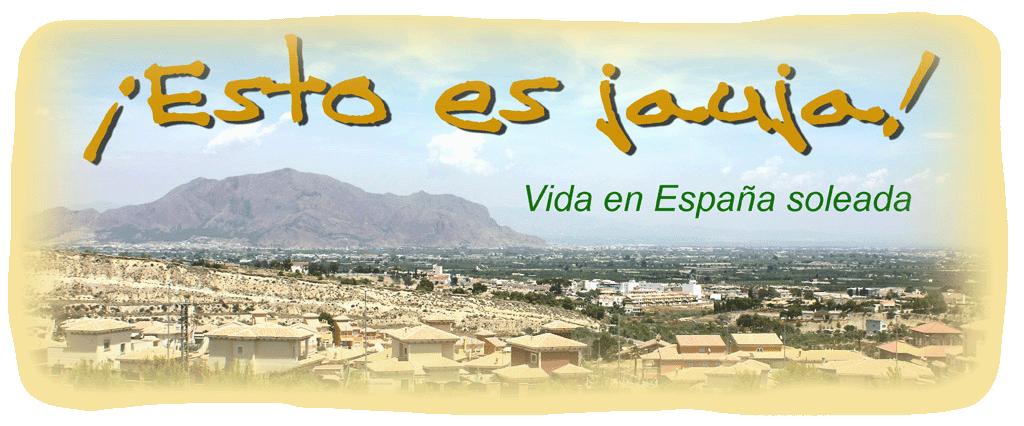When you came to Spain on holiday, one of the first things that struck you was the traditional siesta. In hotels that cater for tourists service is continuous throughout the day but venture into the local towns and everything shuts down for two hours or more. This is the period in the middle of the day when you want to avoid the heat, have a meal and enjoy a quick nap. it makes sense in the summer but less sense in the winter.
We got caught out by this one time in Estepona. There was a free shuttle bus to the town from the hotel where we were staying so we set off at 11:00 am; the return bus was at 5pm which we thought gave us plenty of time for some shopping and a bite to eat. How wrong we were, everything shut down at about 1:30/2pm and remained closed, even the cafes and bars were closed. It was a long wait for the bus on a hot summer’s day. We eventually managed to find a bar that was open and sat there for nearly two hours sipping water. When the bus arrived to take us back to the hotel, we were the first to get on it!
Of course, if we had waited long enough, the shops would have re-opened and stayed open until 7 or 8pm. In tourist areas we even found some shops open until 9pm to catch the after-dinner shoppers out for a stroll in the cool of the evening.
The problem for Spaniards is that the siesta makes for a long working day. Most start work at 8:30 to 9am, then they have that break for a siesta followed by work until 7pm. The evening meal can start at 10pm meaning that bedtime is around 12pm or later. The pattern deprives them of time with the family and time for leisure.
Attempts to reform the working day though meet with resistance. Once you have established a pattern of sleep that counts on a midday nap, it is hard to break it. I routinely have an hours sleep during the day and without it feel tired and grumpy.

No comments:
Post a Comment